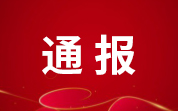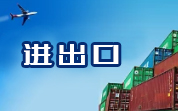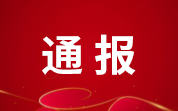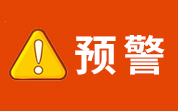The legal basis of the system is Regulation (EC) No 178/2002 laying down the general principles and requirements of food law, establishing the European Food Safety Authority and laying down procedures in matters of food safety (O.J. No L 31 of 1 February 2002).
The purpose of the rapid alert system for food and feed (RASFF) is to provide the control authorities with an effective tool for exchange of information on measures taken to ensure food safety.
To assist the members of the network, information is classified under two different headings:
ALERT NOTIFICATIONS
Alert notifications are sent when the food or feed presenting the risk is on the market and when immediate action is required. Alerts are triggered by the Member State that detects the problem and has initiated the relevant measures, such as withdrawal/recall. The notification aims at giving all the members of the network the information to verify whether the concerned product is on their market, so that they also can take the necessary measures.
Consumers can be reassured that products subject to an alert notification have been withdrawn or are in the process of being withdrawn from the market. The Member States have their own mechanisms to carry out such actions, including the provision of detailed information through the media if necessary.
INFORMATION NOTIFICATIONS
Information notifications concern a food or feed for which a risk has been identified, but for which the other members of the network do not have to take immediate action, because the product has not reached their market. These notifications mostly concern food and feed consignments that have been tested and rejected at the external borders of the EU (and the EEA1).
Consumers can be reassured that products subject to an information notification have not reached the market or that all necessary measures have already been taken.
The Commission publishes a weekly overview of alert and information notifications. As it is necessary to strike the balance between openness and the protection of commercial information, the trade names and the identity of individual companies are not published. This is not detrimental to consumer protection, as a RASFF notification implies that measures have been or are in the process of being taken.
The public must be aware that the Commission is not in a position to release more information other than that published here. However, in exceptional circumstances where the protection of human health requires greater transparency, the Commission takes the appropriate action through its usual communication channels.
The Commission informs the authorities of third countries of notifications concerning products manufactured in, distributed to or dispatched from these countries. However, the fact that a country is
mentioned as the origin of a product does not necessarily imply that the identified hazard(s) originated in the country concerned.
The notifications reported in the weekly overviews published on the European Commission's web site are so-called "original notifications", representing a new case reported on a health risk detected in one or more consignments of a food or feed. On these cases, control authorities are exchanging additional information on measures taken and outcome of investigations. This information does not appear in the publicly accessible weekly overviews.
Newly added columns are the "type of control" and "status" columns.
The type of control column indicates what type of control lay at the basis of the notification:
• border control – import rejected: controls at the border posts of the outer EU (and EEA.) borders when the consignment was not accepted for import (“import rejected”);
• border control – screening sample: notification initiated through a sample taken at a border post for analysis but the consignment was meanwhile released to the market (“screening sample”);
• market control: official control on the EU (and EEA) internal market;
• company own-check: notification initiated through a company notifying the outcome of an own-check to the competent authority;
• consumer complaint: notification initiated through a consumer lodging a complaint with the competent authority; notifications initiated through reported food poisoning outbreaks are classified under this category.
The status column is a combination of two values, "distribution status" and "action taken".
The distribution status indicates knowledge existing at the time of notification about the possible distribution of the product on the market. The concept "market" is to be interpreted in a geographical way: "the internal Community market" i.e. this does not necessarily mean that the product is already on the shelves available to consumers, as often it is not. #p#分頁標(biāo)題#e#
The action taken represents the action already taken by the notifying country at the time of notification. If "no action taken" is given for an alert notification, this normally indicates that the product is not on the market of the notifying country (therefore: no action taken by the notifying country) but it may be on the market of other member countries.
Another addition to the table is the insertion between brackets of the outcome of the analysis to the "reason for notifying" column, whenever that information is available. This information allows evaluating the seriousness of the notified finding.
| /week38-2007_en.rar |
相關(guān)政策解讀











 地區(qū):
地區(qū):







 魯公網(wǎng)安備 37060202000128號
魯公網(wǎng)安備 37060202000128號



